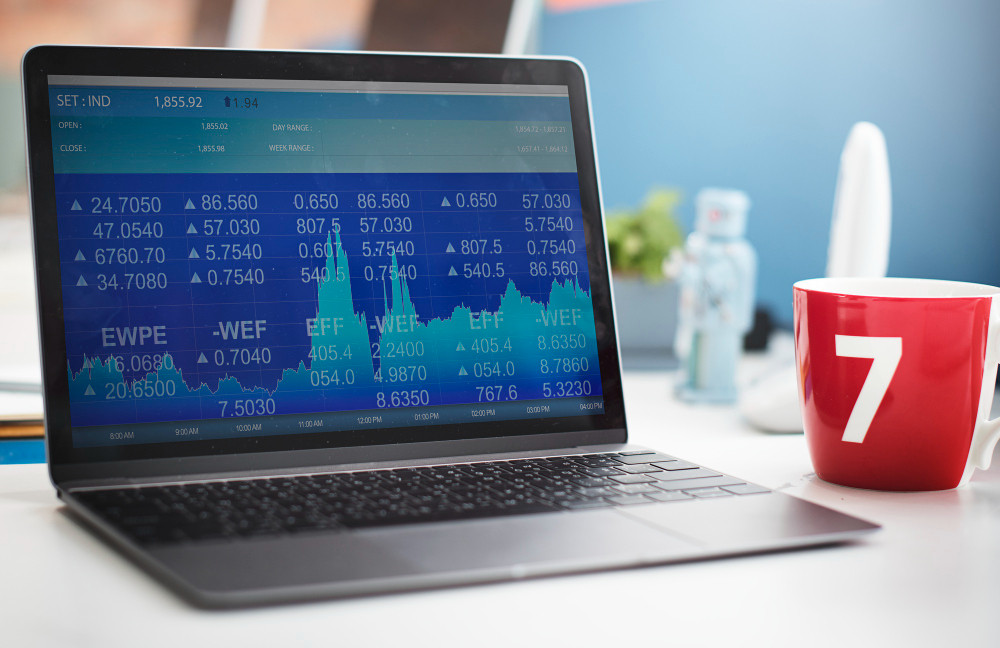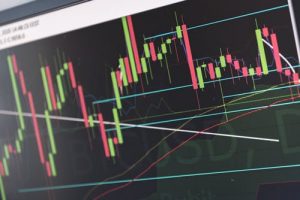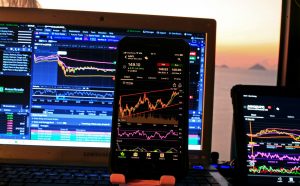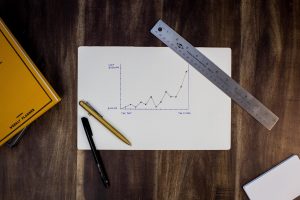
Forex traders must be aware of trade history analysis when trading currencies. By studying past trades, traders can identify good patterns and trends to help them make more informed decisions when placing new trades. Additionally, by analysing a currency’s trade history, traders can better understand how that currency is likely to behave in the future. Thus, trade history analysis is an essential tool for all forex traders.
What is trade history analysis in FX trading, and why is it important?
It is crucial to study a currency’s trade history to identify good patterns and trends when trading currencies. By understanding how a currency has traded in the past, traders can better predict how it is likely to behave. This type of analysis can make more informed decisions when placing trades. Additionally, trade history analysis can help traders better understand the risks and rewards of trading a particular currency.
There are several ways to analysing a currency’s trade history. One popular method is technical analysis, which uses charts and other tools to identify patterns in past price movements.
Another standard method of trade history analysis is called fundamental analysis. Fundamental analysts study economic indicators to understand a currency’s underlying value better. This type of analysis can make long-term predictions about a currency’s future movements.
No matter what method of trade history analysis a trader uses, it is essential to remember that past performance is not necessarily indicative of future results. However, by studying a currency’s trade history, traders can gain valuable insights that can help them make more informed decisions when trading currencies.
The benefits of trade history analysis
There are many benefits to conducting a trade history analysis when trading currencies. By studying past trades, traders can:
Better understand how a currency is likely to behave in the future- By analysing a currency’s trade history, traders can gain insights into how that currency is likely to behave through pattern-identification. This analysis can help traders better manage their risk and make more informed trading decisions going forward.
Better understand the risks and rewards associated with trading a particular currency- By understanding how a currency has been traded in the past, traders can also better assess the risks and rewards associated with trading that currency. This information can help traders plan or create an exit strategy when similar scenarios occur in the future.
How to conduct a trade history analysis
There are many different ways to conduct a trade history analysis. Some standard methods include:
Technical analysis- Technical analysts use charts and other tools to identify patterns in past price movements.
Fundamental analysis- Analysts study economic indicators to understand a currency’s underlying value better. This type of analysis can make long-term predictions about a currency’s future movements.
Sentiment analysis- Sentiment analysts look at how news and events affect the market’s mood. This type of analysis can make short-term predictions about future price movements.
No matter what method of trade history analysis a trader uses, it is essential to remember that past performance is not necessarily indicative of future results. However, by studying a currency’s trade history, traders can gain valuable insights that can help them make more informed decisions when trading currencies.
Tips for using trade history data to improve your FX trading performance
Here are some tips for using trade history data to improve your FX trading performance:
Use multiple methods of analysis. Don’t rely on just one method of trade history analysis. Instead, use a combination of technical, fundamental, and sentiment analysis to get a complete picture of how a currency is likely to behave.
Study both long-term and short-term data. It is essential to look at long-term and short-term data when conducting a trade history analysis. Long-term data can give you insights into how a currency is likely to behave in the future, while short-term data can help you identify good patterns and trends.
Be aware of market conditions. Make sure you are aware of both global and local market conditions. Global events can significantly impact the FX market, so it is essential to be aware of them when conducting a trade history analysis.
Don’t forget to do your research. In addition to studying trade history data, it is also essential to do your research. It includes reading news and analysis from other sources, such as economic reports and central bank statements.







